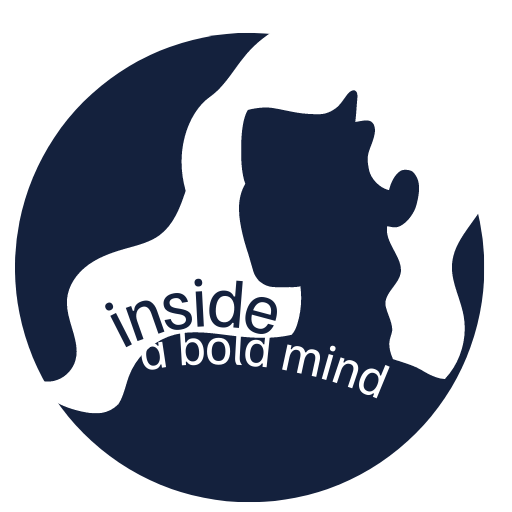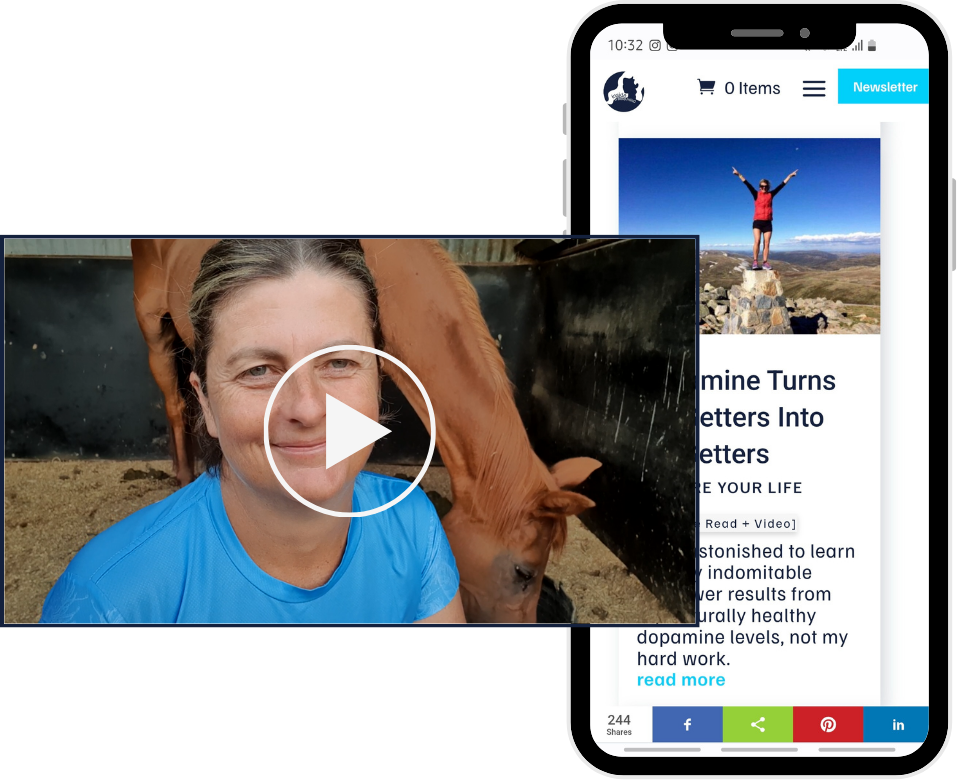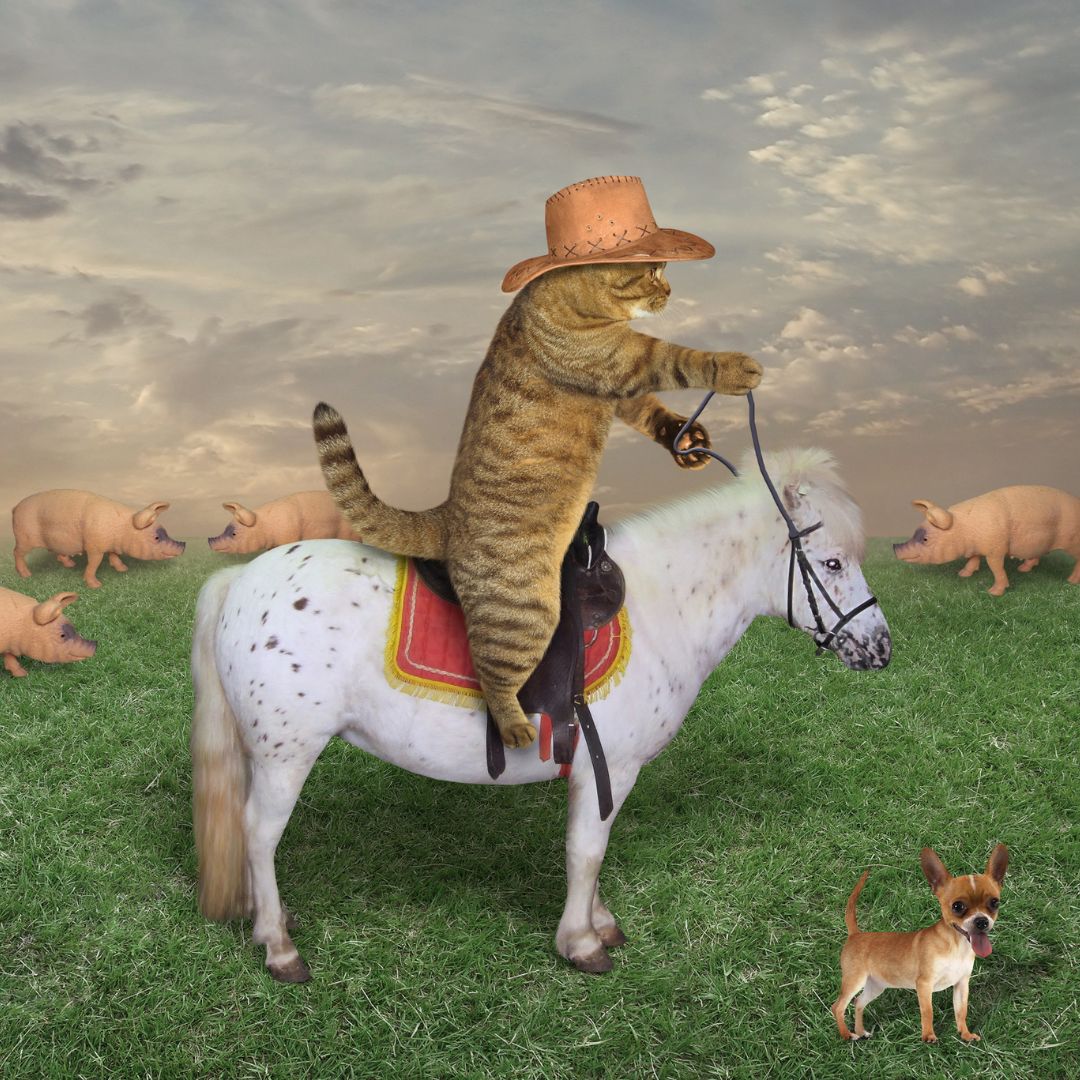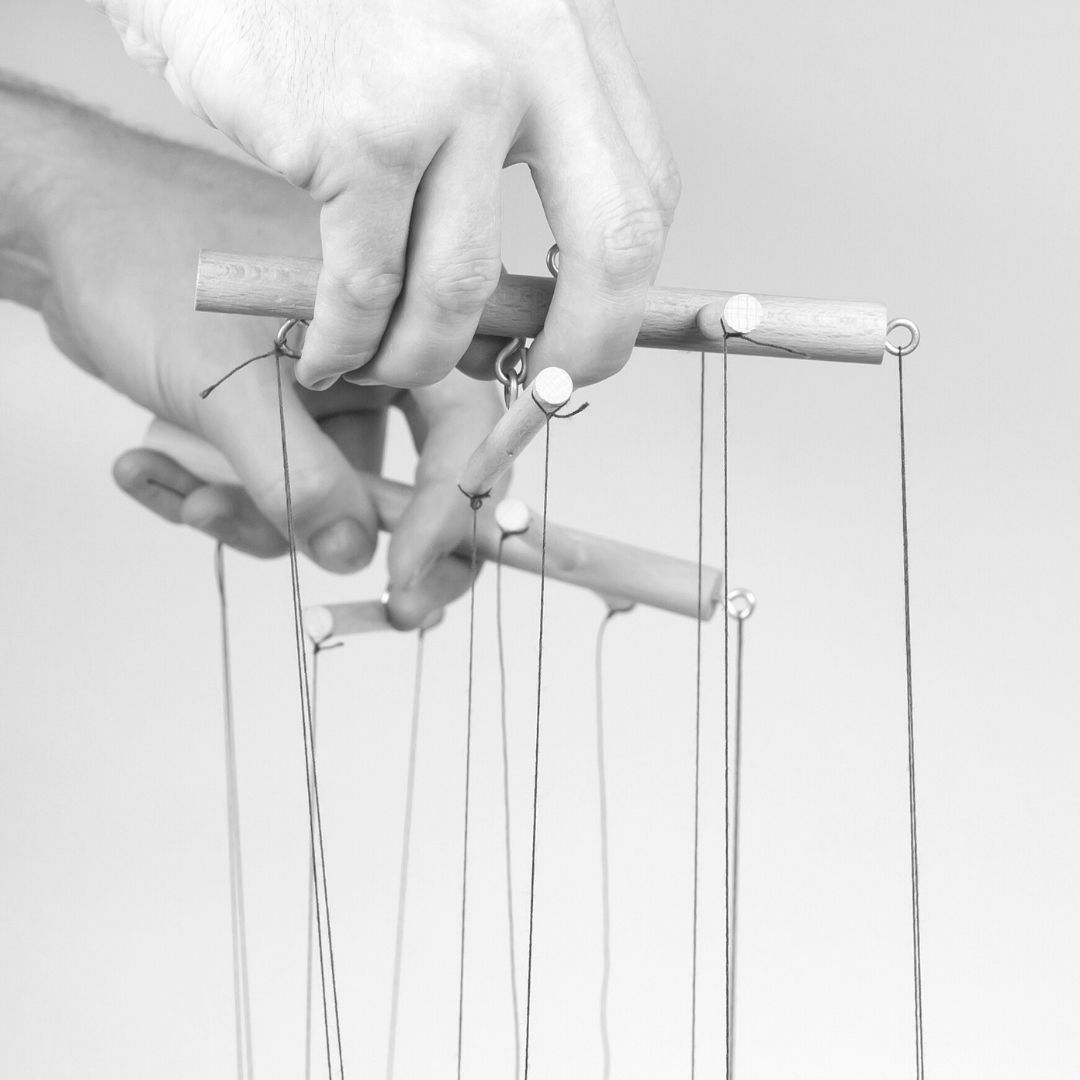Don’t Be Afraid of Your Comfort Zone
Achieving any goal is a process of continuous learning, and you will do that most effectively from deep inside your comfort zone.
From this day forward, give yourself permission to click the trash button on any story that contains a throw-away line (hey, it’s called that for a reason) like “If your dreams don’t scare you then they’re not big enough” or “Life begins outside your comfort zone”. You know the attitude. It’s often dressed up as a “growth mindset”, but it’s really the opposite.
In the following 1200 words, I’ll explain why that’s so and show you that by tapping into your comfort zone, achieving ambitious goals will become a whole lot easier.
“Comfort zone” doesn’t equal “lazy”
Before we dive deep into your bold mind, let me clear up one common misconception; being inside your comfort zone doesn’t mean you’re lazy. It means you feel relaxed, safe and capable, and there’s a good chance you’re having fun.
You can also feel scared inside your comfort zone, but it’s the theme park version of scary. It’s a fun fear you consciously opt into for the buzz; you laugh, cry and squeal while knowing it’s all playtime.
When you can’t be bothered getting off the lounge and expect someone to pick up after you, that’s lazy.
When you have others pay your way with their money or sweat, that’s lazy too, and you’re not lazy.
Near death outside my comfort zone
For the first 46 years of my life, I believed that to fulfil my potential, I always had to be outside my comfort zone – pushing myself to be more, to do more, and to achieve more.
But six years ago, that belief was blown to smithereens during a high-altitude adventure that pushed me to my near-death limits.
I was three days into a 6-day solo trek through the Huayhuash ranges in the Peruvian Andes. I had camped at 4000m above sea level (asl) and planned to trek 10 hours that day, crossing the Cuyoc Pass (5000m asl) around lunchtime.
The weather could have been better.
Low clouds dropped visibility to 20 metres, wind and rain pelted me, and I had to resort to point-to-point navigation to find my way. But still, I arrived at my lunch point roughly on time.
After lunch, I gathered my gear and started the final steep ascent onto the Pass. I zipped my hood tight around my face, locked my eyes on the path beneath my feet, and walked into the wind. As I gained altitude, the intermittent rain turned to ice and blasted any small gaps in my clothing.
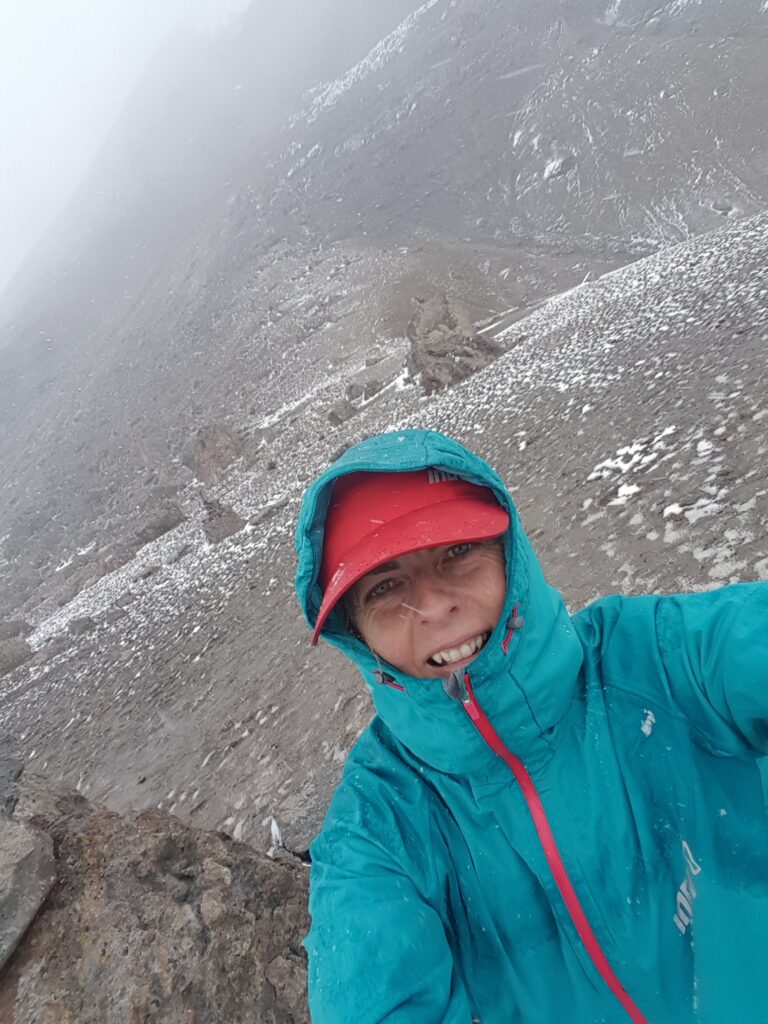
With every step, I could feel anxiety rising under my skin.
“I’m fine”, I said to myself. “Just keep looking at the path. It will take me to the camp. It’s only wind. I’m fine.”
As I reached the plateau’s edge, I faced the full force of the wind and ice, and the clear and certain path beneath my feet disappeared.
I wandered around the plateau, trying to find the trail again. I used my compass to get rough directions, but the map’s scale lacked detail. With each failed attempt, the anxiety inside me gained strength.
If I take a wrong step, it is a 400m fall to the valley.
No one will find me.
No one will know what happened to me.
My family won’t know what happened.
I started crying and shaking uncontrollably.
I couldn’t move or think clearly – fear had paralysed my mind and body.
“Scary” shrinks your mind
The amygdala is a small almond-shaped section of your mid-brain. When you sense something, it decides where to channel your response. If it senses a threat, it will most often direct your thinking into the primal brain that generates fast, physical responses. Its goal is to get you to safety as quickly as possible.
In activating your primal brain, the amygdala also shuts off access to the highly evolved pre-frontal cortex to stop you from wasting time analysing the situation. The downside is you lose the capacity to be rational, learn, and develop creative solutions, precisely the skills you want when doing a challenging action.
Up on Cuyoc, my amygdala triggered an adrenalised flight response causing me to shake, cry and be unable to think clearly.
If you dislike public speaking, then you’ll know the feelings. When you think of public speaking as being “scary” and “outside your comfort zone”, it triggers the same response. You get nervous when you talk in front of others, brain fog descends, and the intended words get stuck in your throat.
But what if all that fuss was unnecessary, and you could make scary actions like public speaking feel comfortable from the outset?
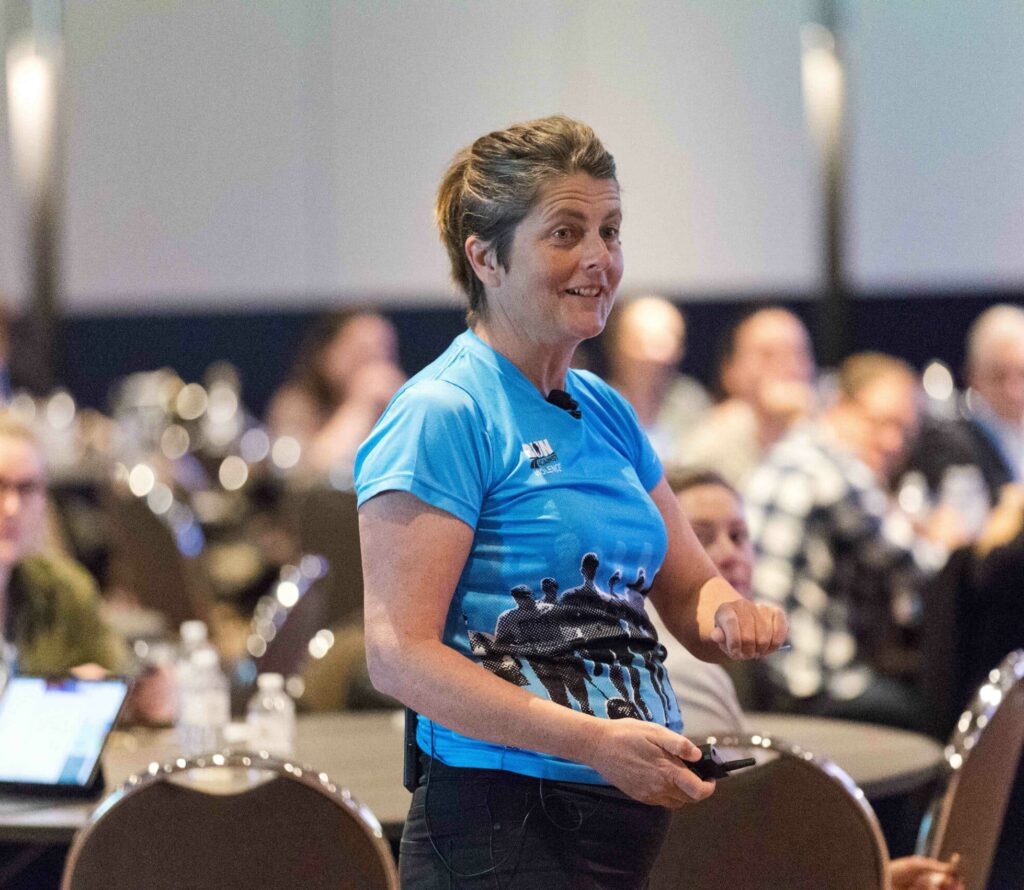
Build a bridge to familiar ground
As the panic attack took hold on Cuyoc Pass, I spied a large boulder safely away from the plateau’s edge. My survival brain chose that as the safe escape, and I beelined to it. On the protected side of that boulder, there was just enough space to throw in my backpack and huddle out of the wind.
I tucked into that tiny space and told myself I wouldn’t move until I had calmed down. I closed my eyes, took a deep breath, and then another; I focused on relaxing every muscle in my body.
Kirrily, a voice from deep inside me spoke, right now, is this place inside your comfort zone or outside your comfort zone? Because if it’s outside your comfort zone, you will die.
“I’m not dying today,” I said aloud. “This situation is inside my comfort zone.”
I’m warm.
I have food.
I have plenty of time.
I have been in wind and snow before.
I know there is a track.
I’ve only got a couple of kilometres to walk to my camp.
I know that tour groups come up here.
I know the horseman bring their horses here.
I know those horsemen love their animals as much as I love mine.
I know they would keep them safe.
Where would I put the track if I had to bring one of my horses up here?
I’d put it where the plateau tucks into the mountain. The space is more protected, and then I would walk them down the scree so they could get a good grip.
Feeling relaxed and comfortable switched off my brain’s red alert, and I regained access to my higher intelligence.
I decided to eat and then investigate that corner of the plateau.
I couldn’t see the track when I first arrived at that place, but from that position, I could see the valley below. Between surges of cloud, I looked across the valley floor for the trail and then followed it back up to where I was standing, and that’s when I spied the trailhead to safety.
Make the uncomfortable comfortable
For the past six years, I have diligently applied the lesson from Cuyoc Pass.
My first step whenever trying something new is to get myself calm and open emotionally. I build a mental bridge between the new task and what I already know by asking myself which aspects of the new thing are familiar and hunt for every fine detail.
As I build that mental bridge, my amygdala starts processing the data it’s seeing and hearing differently. Instead of sensing a threat, it triggers confidence, opens the cerebral pathways to learning and creativity, and accelerates my success rate.
Try it next time. Bring the new or unusual deep inside your comfort zone and feel the difference it achieves.
